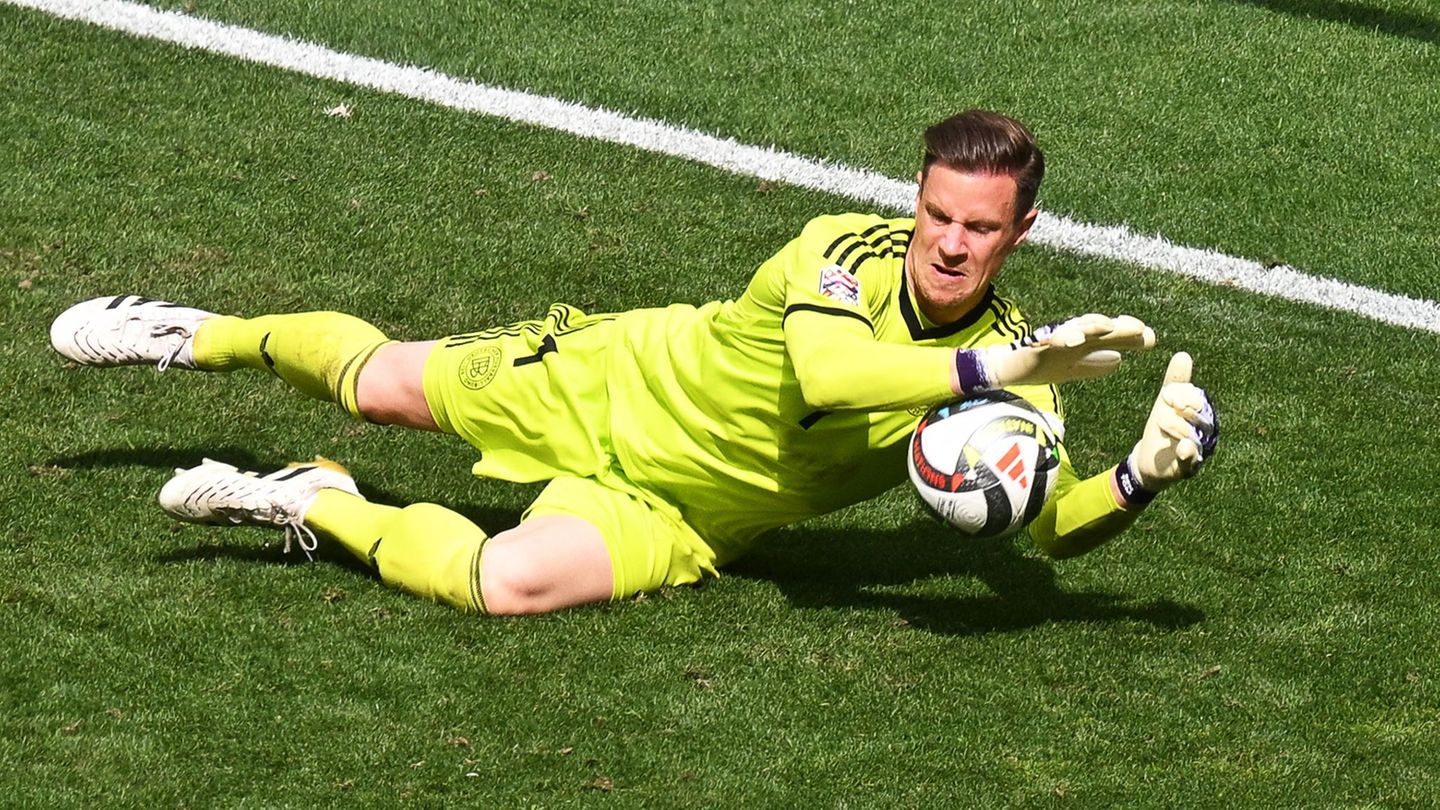The latest official data corresponds to EMAE of October, which reported a 0.1% decline compared to the previous month, to accumulate a contraction of 1.4% in ten months. A fall that responded, mostly, to the impact of the drought on agriculture and its consequences.
In the last month of 2023, SME retail sales had an annual collapse of 13.7%, and ended the year with a drop of 3.4%, according to CAME. The entity also reported that sales for Three Kings fell 13.6% annually.
He Index Buildwhich measures the evolution of the volumes sold of construction supplies to the private sector, registered a decrease of 14.8% monthly and 17.4% year-on-year in December. Meanwhile, according to the Association of Portland Cement Manufacturers (AFCP), cement shipments had their worst December in four years: They fell 20.5% compared to November, and 12.9% compared to the same month in 2022.
The acceleration of inflation and uncertainty, in a scenario marked by the change of government and new economic measures, were some of the factors that impacted different branches of activity in recent months. And that, according to analysts“the stagflationary trend deepened” that the Argentine economy already showed.
Inflation, fall in wages and impact on consumption
Inflation-Prices-Wholesale-Supermarket
The acceleration of inflation will impact consumption, analysts say.
Mariano Fuchila
“Economic activity began to cool from September, which together with October showed slight monthly falls, according to the latest data from the EMAE of the INDEC. Which already showed that the economy was beginning to find a brake on its dynamics,” he pointed out to Ambit Santiago ManoukianHead of Research at Ecolatina.
That brake, said the analyst, “It began to deepen from November and even more in December”. “Product of the impact of the inflationary acceleration on the real income of the population: with a drop in real wages that we are forecasting for December close to 10%, which will probably be the highest since April 2002. This will clearly affect consumption, which is the main driver of the short-term economy: it represents 70% of GDP”, he detailed.
“So, that is going to deepen, in an accentuated way, the stagflationary trend that the economy has been showing since 2011 to date. It is not something new, but we do believe that eventually one could call it ‘stagflationary shock’because we have been living under stagflation for several years,” Manoukian added.
“It is going to be a strong recession”assured the economist, who pointed out that the different sectoral indicators “are the first signs of that recession that is going to deepen from the last months of 2023 and at the beginning of 2024.”
Economic activity: what can be expected in the future
For his part, as he explained Francisco Ritortoeconomist at the consulting firm ACM, during much of 2023 a process of “consumption advance”, as a way to protect purchasing power against high inflation. Which, in some way, made it possible to “attenuate the decline in activity.”
“Such a process is likely to be diluted in the coming months, as the impact on real income could be significant.mainly due to the inflationary acceleration that is expected from the realignment of relative prices,” he assured.
“Additionally, in recent months we began to see a reduction in the growth of leading industries. (automotive and basic metal industries), while the rest of the manufacturing industrial sectors deepen their contractionary tendency. This scenario becomes similar for economic activity in general, which implies a restrictive outlook for the first quarter of this year, where it deepens from a ‘reordering’ of the activity that we are beginning to observe,” added Ritorto.
In any case, the economist maintained that the “activity sectors with export capacity will probably improve their performance and manage to ‘cushion’ the fall in general activity”. “On the other hand, the activity sectors mostly related to the domestic market and durable consumer goods, will be strongly affected by a fall in the purchasing power of wages and worse financing conditions. It remains to be seen how consumption evolves in the rest of the goods – such as food and beverages – in a scenario like this, since it could reverse what was observed last year, where said sector presented one of the worst performances,” he concluded.
The impact “cuts through all activities”
Hernan Letcherdirector of CEPA, maintained that the impact of inflation on purchasing power and consumption “goes through all activities”. And, based on different experiences, he explained: “A few days ago a merchant told me that before he sold 50 bags of soda and today he sells 10, many people switch to juice in sachets. Another merchant wrote to me: ‘It is impossible for us, there are no sales and we cannot increase prices. I don’t want to throw people out, but as the hand comes, it’s going to be difficult.’ A pork producer from Santa Fe said that sales fell 30%, even though pork is worth 30% less than beef.”
“Anyway, The majority of various sectors report a noticeable drop in activity in the month of December. Different variables intersect there: the increase in prices is the main one, and also partly uncertainty. But, probably in December and January there will be an impact on most activities,” he concluded.
Source: Ambito




